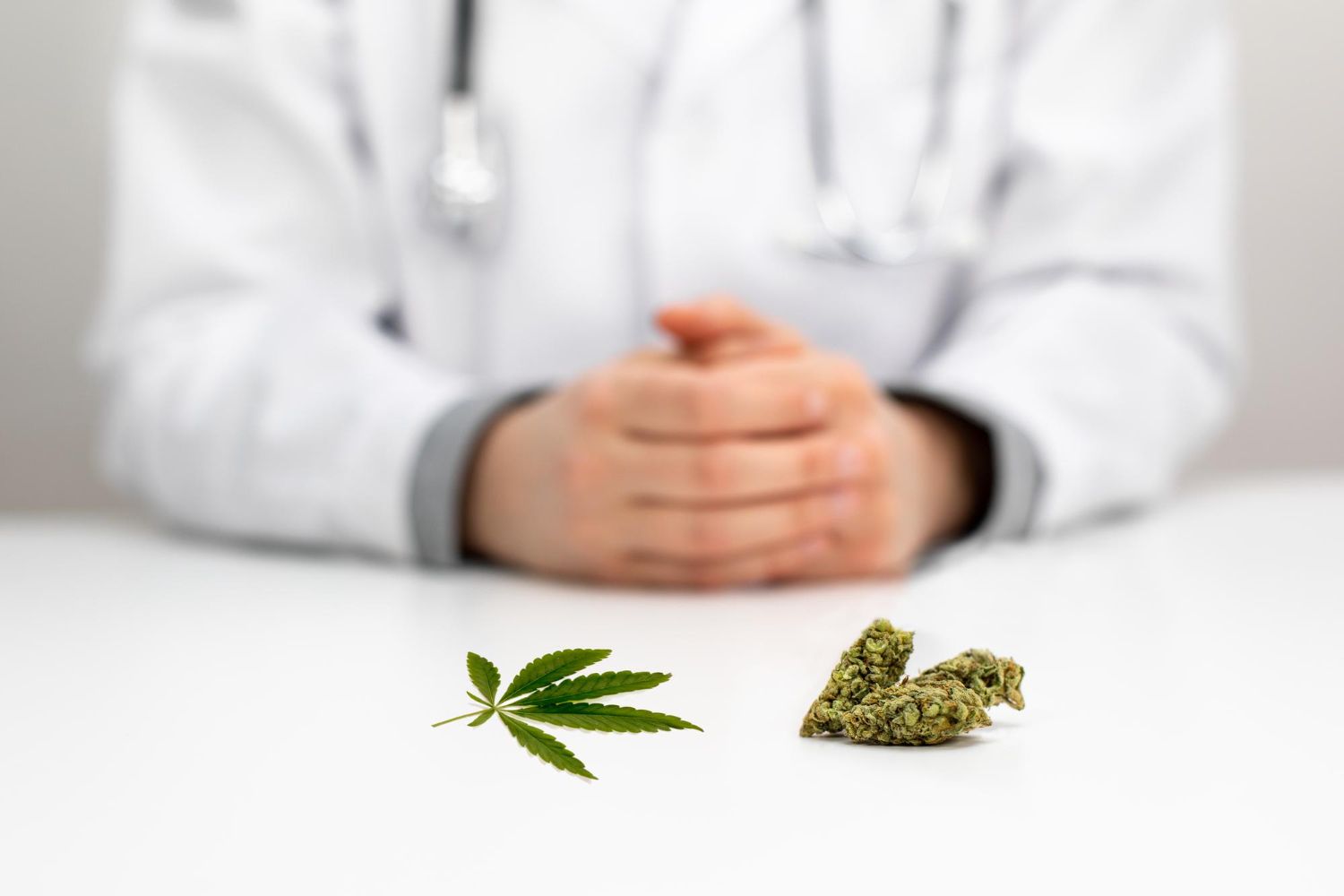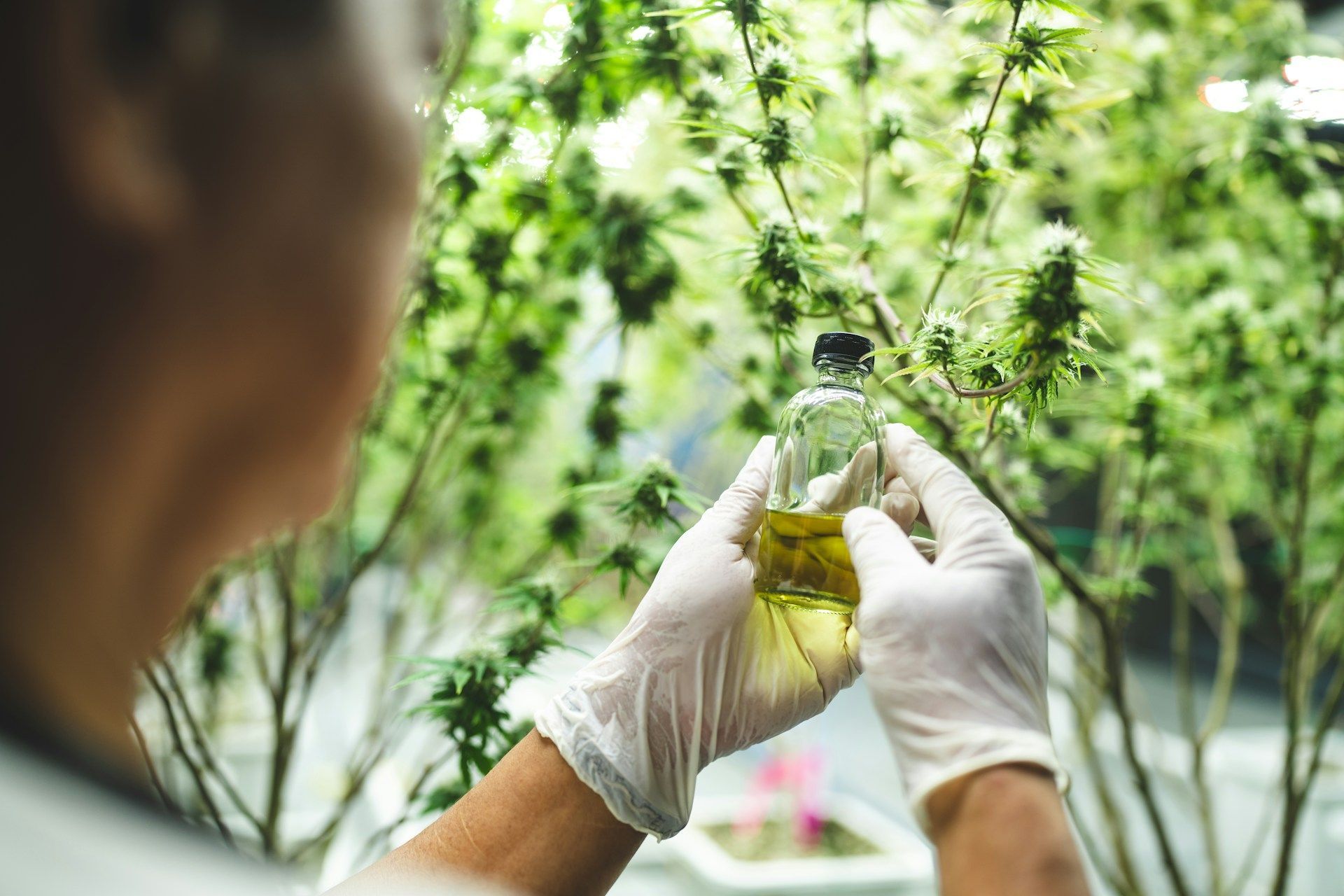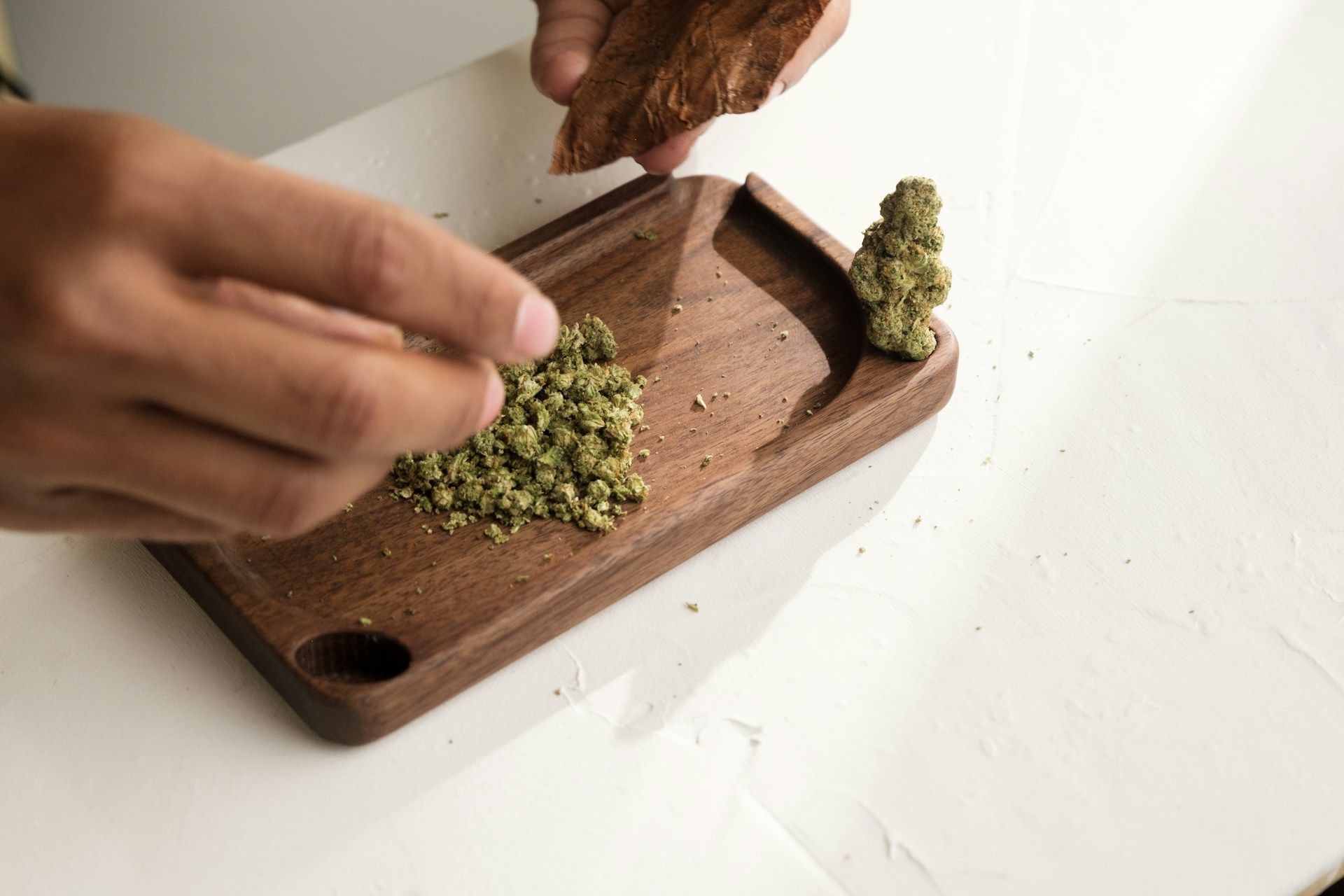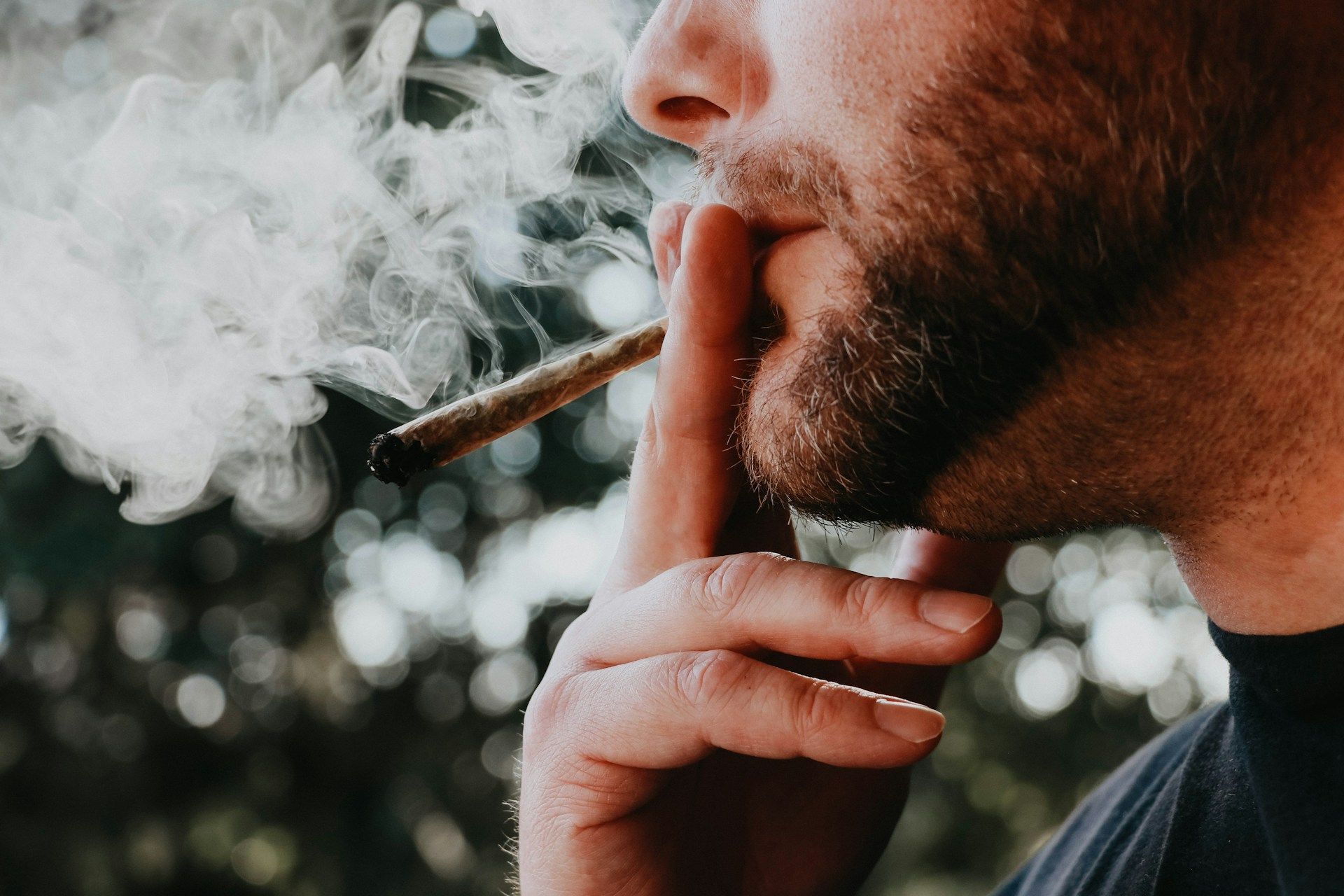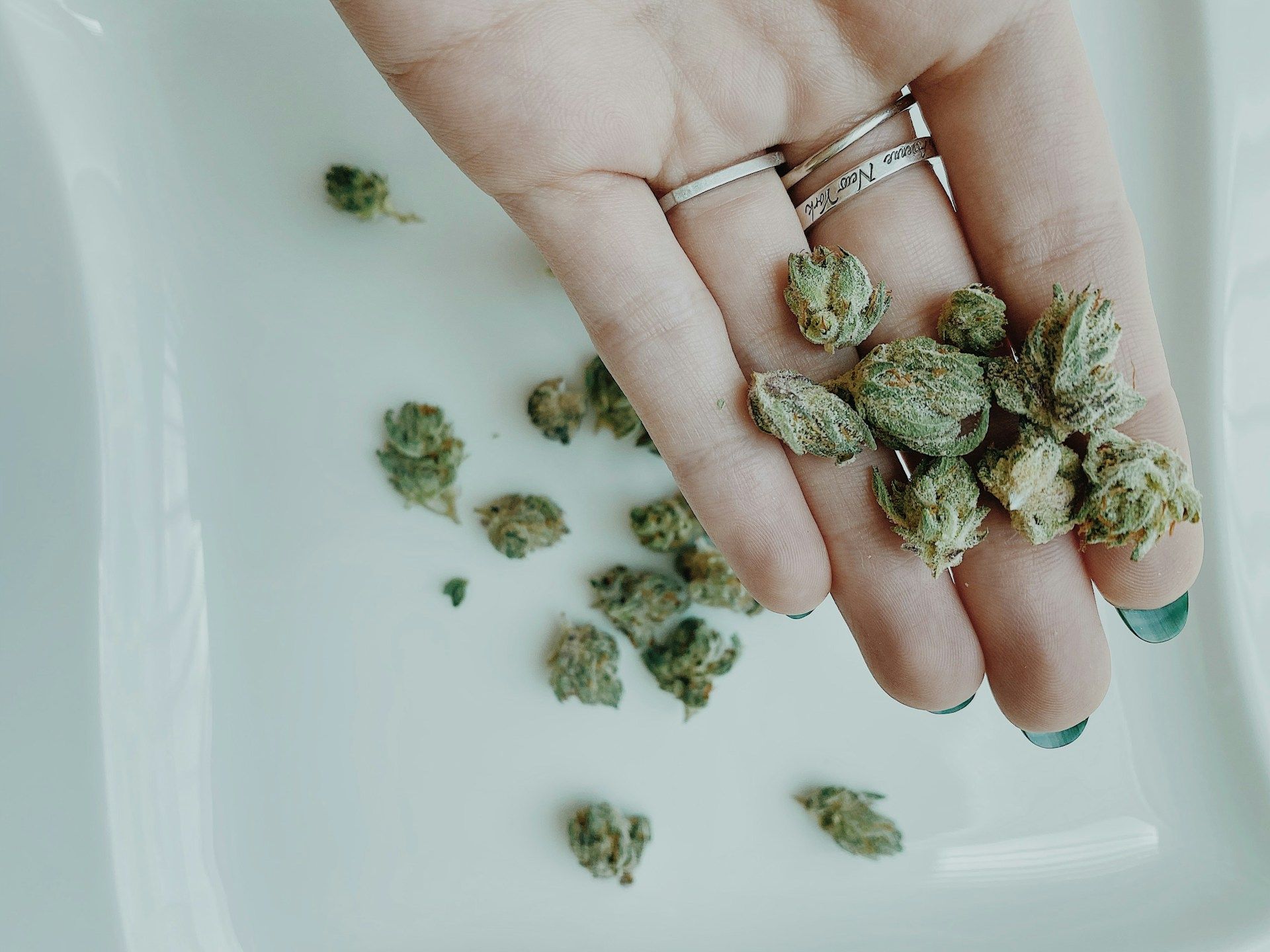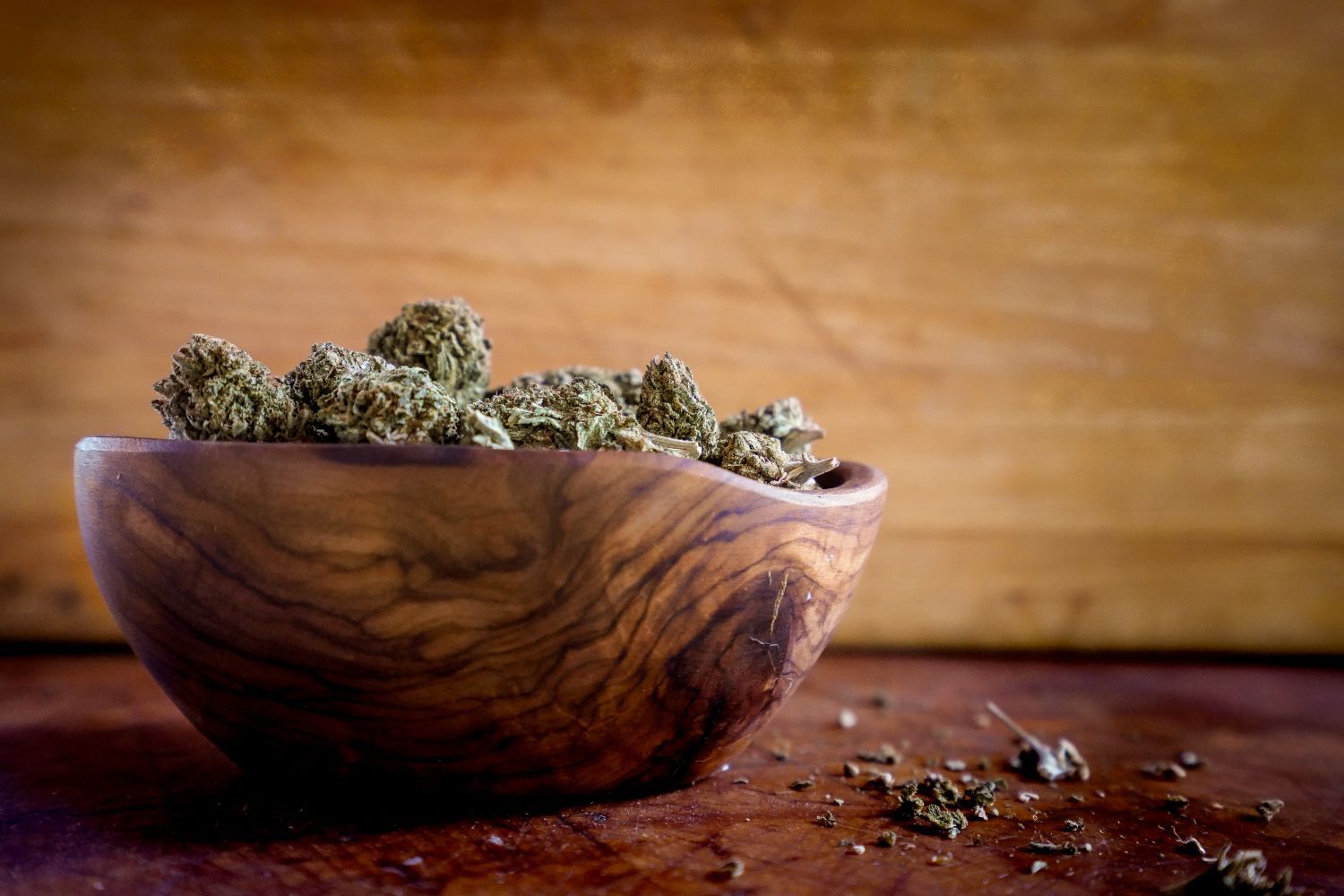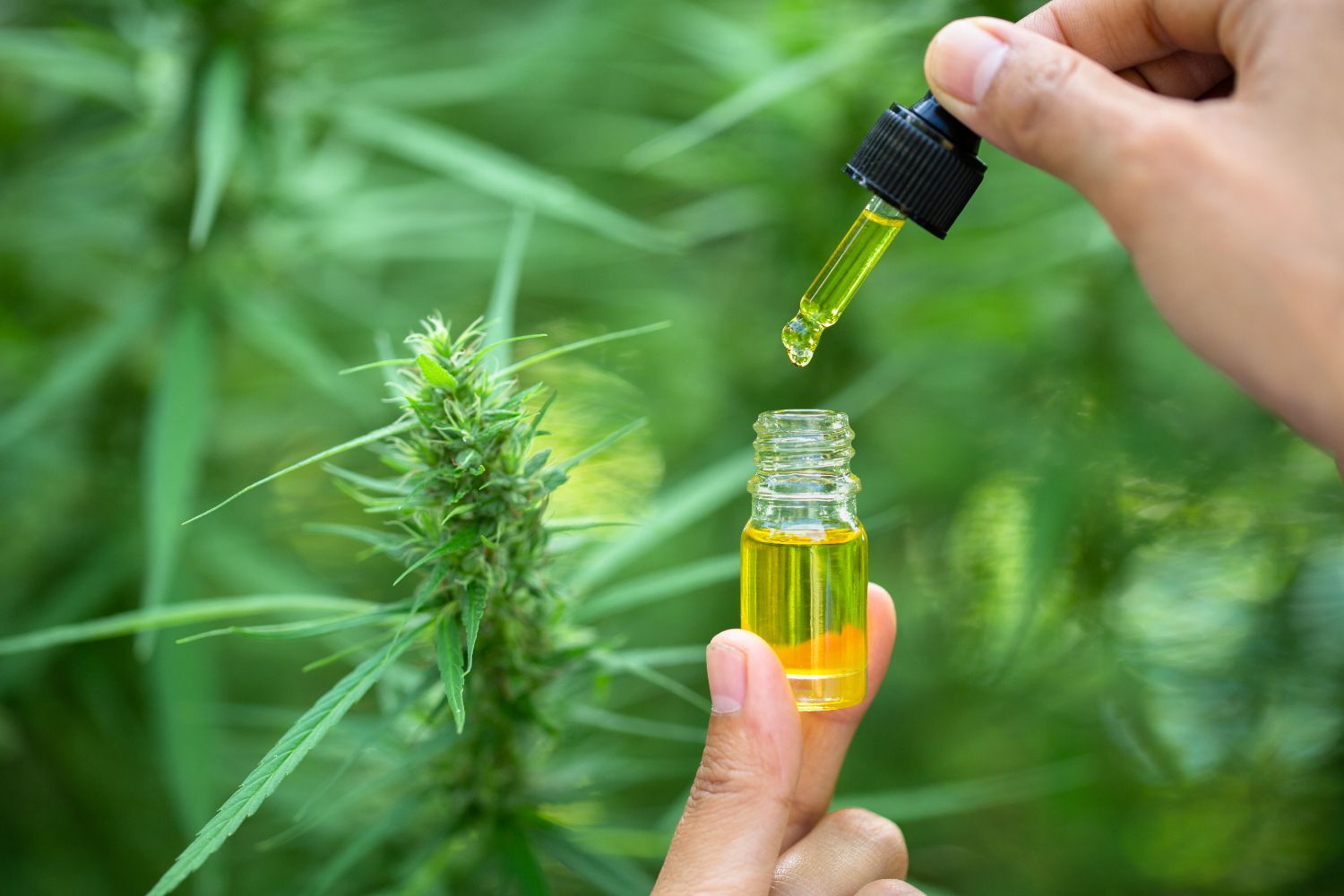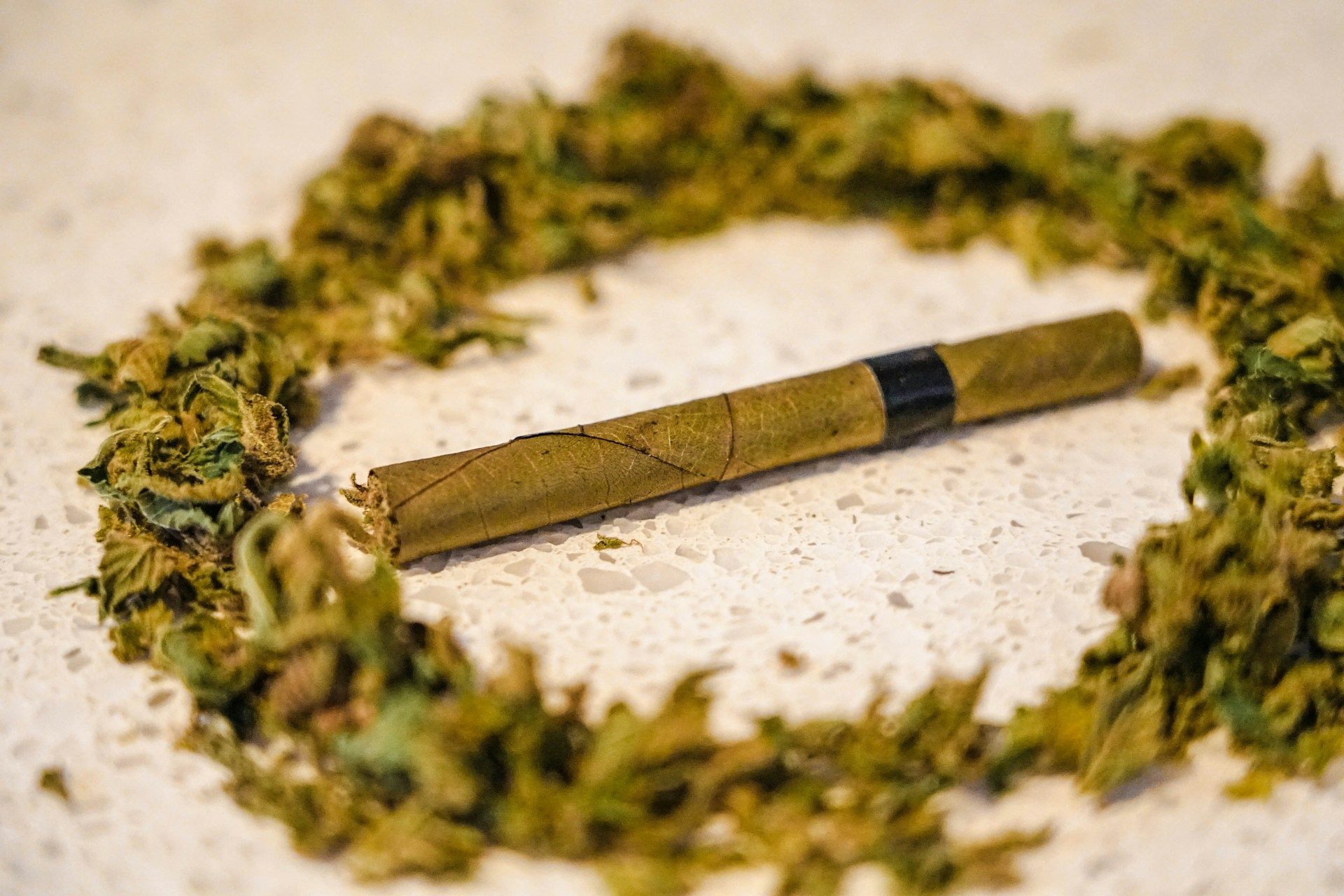Basics of Medical Marijuana Explained
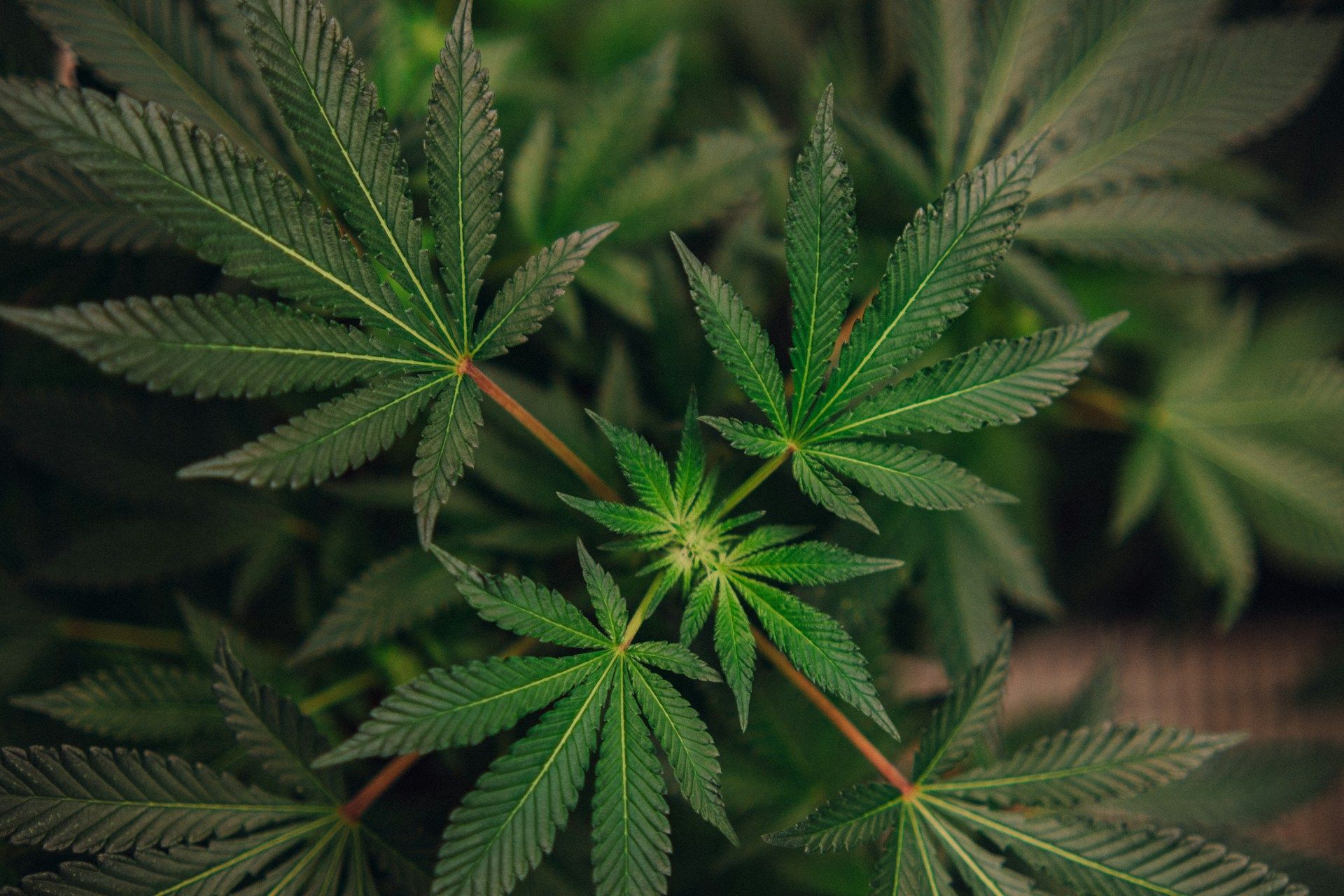
Medical marijuana has gained significant attention for its potential health benefits and therapeutic uses. As more states and countries legalize its use, understanding the basics of medical marijuana becomes essential. This guide aims to provide a clear and simple explanation of what medical marijuana is, how it interacts with the body, its differences from recreational marijuana, and the various ways it can be used.
Medical marijuana refers to using the marijuana plant or its extracts for health purposes. While many people are familiar with recreational marijuana, which is used for its psychoactive effects, medical marijuana is often used to help with specific health issues. The active compounds in marijuana, such as THC and CBD, are believed to interact with the body's system to potentially offer relief from certain conditions.
It’s important to understand that medical marijuana isn't a one-size-fits-all solution. Different strains and products can have varying effects, and what works for one person might not work for another. Knowing the different ways medical marijuana can be consumed and how it affects the body can help you make informed decisions and better utilize its potential benefits.
What is Medical Marijuana?
Medical marijuana refers to the use of the marijuana plant or its extracts to address health issues. Unlike recreational marijuana, which is typically used for its psychoactive effects, medical marijuana is consumed to potentially alleviate symptoms or improve certain medical conditions. The plant contains several compounds known as cannabinoids, the most well-known being THC (tetrahydrocannabinol) and CBD (cannabidiol).
THC is the compound responsible for the "high" associated with marijuana use. In medical contexts, THC can help with conditions like nausea and chronic pain. CBD, on the other hand, does not produce a high and is often used for its calming and anti-inflammatory properties. Both cannabinoids interact with the body's endocannabinoid system, which helps regulate various functions, such as mood, pain, and appetite.
Medical marijuana can come in various forms, including oils, tinctures, capsules, edibles, and topical creams. Each form has a different onset time and duration of effects, making it important to choose the one that best suits your needs. For example, inhaled forms might provide quicker relief, while edibles might offer longer-lasting effects.
How Medical Marijuana Works in the Body
Medical marijuana works by interacting with the body's endocannabinoid system (ECS), a complex system that plays a key role in maintaining homeostasis, or balance, within the body. The ECS consists of receptors, enzymes, and endocannabinoids, which are naturally occurring compounds similar to the cannabinoids found in marijuana.
When you consume medical marijuana, the cannabinoids from the plant interact with the receptors in the ECS. There are two main types of receptors: CB1, predominantly found in the brain and central nervous system, and CB2, mostly found in the immune system and peripheral tissues. THC primarily binds to CB1 receptors, which can influence pain perception, mood, and other brain functions. CBD, however, has a more indirect effect on both types of receptors and can modulate pain, inflammation, and anxiety without the psychoactive effects of THC.
Through these interactions, medical marijuana can help regulate various bodily functions. For instance, it might help reduce inflammation by modulating immune system responses, or it could alleviate chronic pain by affecting pain signals in the brain. Medical marijuana's effectiveness and the specific benefits one might experience can vary greatly from person to person, depending on their unique ECS and the particular strain and form of marijuana used.
Key Differences Between Medical and Recreational Marijuana
Understanding the differences between medical and recreational marijuana is essential for making informed decisions about their use. While both come from the same plant, Cannabis sativa, they serve different purposes and have different characteristics.
Purpose: The main difference lies in their intended use. Medical marijuana is used primarily for its potential health benefits and therapeutic effects. It is often recommended by healthcare providers to help manage symptoms of specific medical conditions. Recreational marijuana, on the other hand, is used for its psychoactive effects and is consumed to experience a "high" or for relaxation.
THC and CBD Content: Medical marijuana strains are often bred to have higher CBD content and balanced levels of THC, depending on the therapeutic needs. Recreational strains typically prioritize higher THC levels to enhance psychoactive effects. This difference in cannabinoid content can influence the effects each type produces.
Legal Regulations: The regulations surrounding the use of medical and recreational marijuana can vary widely by jurisdiction. Medical marijuana usually requires a prescription or a medical marijuana card, while recreational marijuana can often be purchased by adults of legal age without a prescription.
Understanding these key differences can help you choose the right type of marijuana based on your needs and legal considerations, ensuring safe and effective use.
How to Use Medical Marijuana: Forms and Methods
Medical marijuana is available in various forms, each offering different methods of consumption and onset times. Knowing the options can help you choose the form that best suits your needs and lifestyle.
Inhalation: This includes smoking and vaping. Inhalation provides the fastest onset of effects, usually within minutes. It's a preferred method for those needing immediate relief. However, it might not be suitable for people with respiratory issues.
Edibles: These are food products infused with cannabis, such as gummies, cookies, or chocolates. Edibles are convenient and discreet but have a slower onset time, typically taking 30 minutes to 2 hours to take effect. The effects also last longer compared to inhalation.
Tinctures: These are liquid extracts taken under the tongue. Tinctures offer a quicker onset than edibles and allow for precise dosing. They are a good middle ground between immediate relief and longer-lasting effects.
Topicals: These include creams, balms, and lotions applied directly to the skin. Topicals are used for localized relief from pain or inflammation and do not produce psychoactive effects since they don't enter the bloodstream.
Capsules and Pills: These are oral forms of medical marijuana that offer precise dosing. They have a slower onset but provide long-lasting relief, similar to edibles.
By exploring these various forms and methods, you can find the one that meets your specific needs and preferences, ensuring a more effective and enjoyable experience with medical marijuana.
Conclusion
Understanding the basics of medical marijuana can greatly enhance your ability to make informed decisions regarding its use. From identifying what medical marijuana is, to how it interacts with the body, differentiating it from recreational use, and exploring the various forms and methods of consumption, this guide aims to equip you with the essential knowledge needed to navigate the world of medical marijuana confidently.
With the increasing acceptance and legalization of medical marijuana, having access to credible information is more important than ever. Whether you're considering medical marijuana for personal health reasons or simply wanting to educate yourself, knowing the fundamental aspects can help you make choices that align with your specific needs and legal requirements.
At The Flower Power Experience, we're committed to providing high-quality
cannabis products and expert guidance to help you make the most informed decisions. Visit us at our Toms River, NJ location to explore our selection and consult with our knowledgeable staff. Elevate your health and wellness journey with The Flower Power Experience.

